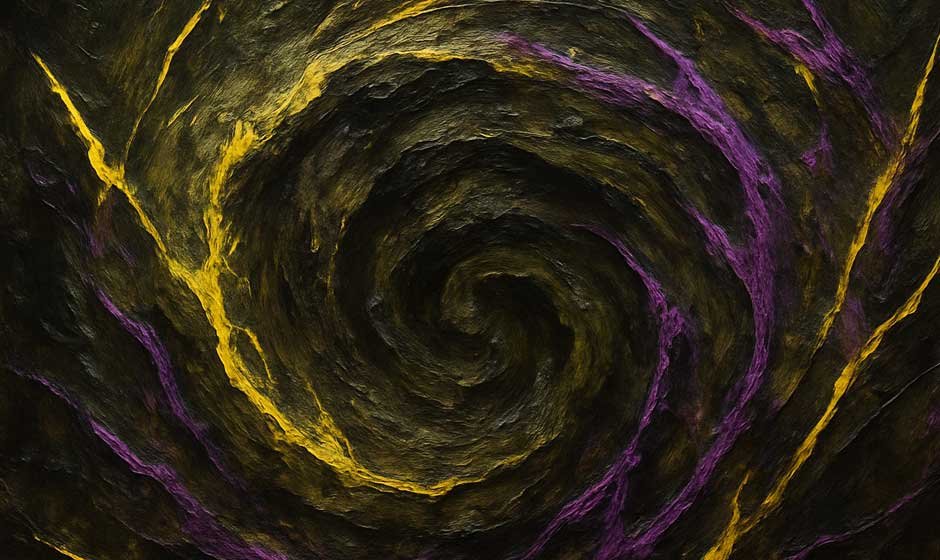Shell necklaces, with their delicate beauty and profound historical resonance, have captivated humanity for millennia. These natural adornments transcend mere fashion, serving as powerful symbols across diverse cultures and epochs. Their journey from ancient artifacts to contemporary style statements is a testament to their timeless appeal.
From the earliest human civilizations, shells have been cherished not only for their aesthetic qualities but also for their inherent connection to the ocean. This deep-rooted appreciation has allowed shell necklaces to maintain their relevance, continuously evolving while retaining their intrinsic charm. They offer a unique blend of natural elegance and cultural depth, making them a fascinating subject for anyone interested in history, fashion, or personal expression.
Table of Contents
ToggleA Glimpse into History: The Ancient Roots of Shell Necklaces
The story of shell necklaces begins in the mists of prehistory, with archaeological discoveries revealing their presence over 100,000 years ago. These early adornments were more than simple decorations; they were integral to the social and spiritual lives of ancient peoples, reflecting a deep connection to their environment.
Shells served a multitude of purposes in these nascent societies. They were utilized as a form of currency, facilitating trade and exchange between communities, highlighting their early economic significance. Beyond their monetary value, shells were meticulously crafted into jewelry, signifying status, identity, and a profound connection to the natural world. Their use extended to decorative items, enhancing tools, clothing, and living spaces, reflecting an innate human desire for beauty and self-expression.
Cultural Tapestry: Symbolism Across Civilizations
African Heritage
In various African cultures, particularly with the widespread use of cowrie shells, these natural treasures held profound symbolic weight. Beyond their function as early forms of currency, cowrie shells were revered as potent symbols of fertility and femininity, often associated with life-giving forces and prosperity.
Often worn as amulets, they were believed to offer spiritual protection against malevolent spirits and the evil eye, safeguarding the wearer. Furthermore, the quantity and prominence of cowrie shell adornments frequently denoted social status and wealth, reflecting an individual’s standing and influence within their community.
Pacific Island Traditions
Across the vast expanse of the Pacific Ocean, shell necklaces were deeply embedded in the cultural fabric of Polynesian, Micronesian, and Melanesian societies. Here, they transcended mere accessories, functioning as vital ritual tools and significant markers of social standing.
Hawaiian leis, often incorporating puka and Ni’ihau shells, were bestowed during ceremonies of honor, welcome, or remembrance, embodying deep respect and connection. In Fiji, civa shells were intricately woven into warrior necklaces, worn during rites of courage and protection, believed to imbue the wearer with strength and resilience. Tongan nobles adorned themselves with elaborately strung mother-of-pearl necklaces, signifying their divine ancestry and high status. Each shell, according to oral histories, carried the energy of the sea, the wearer, and the specific occasion, making these necklaces living artifacts passed down through generations.
Native American Narratives
In the northeastern regions of the United States, indigenous groups such as the Wampanoag, Narragansett, and Iroquois Confederacy developed sophisticated forms of shell jewelry, most notably wampum necklaces. These intricate beads, meticulously crafted from quahog shells, served as much more than personal adornment.
Wampum belts were instrumental in diplomacy and treaty-making, with each pattern conveying specific messages and agreements, acting as historical documents. Necklaces were also worn during significant cultural events, including storytelling sessions and mourning ceremonies, acting as tangible links to history and memory. For the Iroquois, a single shell bead encapsulated a narrative, and wearing it meant carrying that story forward, connecting the past with the present in a meaningful way.
Asian and Middle Eastern Mystique
Shell symbolism also permeated ancient Asian and Middle Eastern cultures, where these oceanic treasures were imbued with spiritual significance. In ancient Mesopotamia, Sumerians incorporated shell pendants into their elaborate jewelry, often alongside precious stones like lapis lazuli and gold. These shells were frequently shaped into spirals, flowers, or protective symbols, believed to channel the energy of sea gods and offer divine blessings.
In India, the conch shell, known as ‘shankha,’ holds a particularly deep spiritual meaning within Hinduism. It is blown during religious rituals to awaken divine energy and is revered as a symbol of purity, truth, and the eternal cycle of life. In Tantric traditions, the right-handed conch is often worn as a charm for balance and good fortune, highlighting how shell jewelry in Asia was not merely superficial but often sacred and deeply meaningful.
Mediterranean and European Lore
The allure of shells extended to the Mediterranean and European civilizations, where they became intertwined with mythology and religious symbolism. In ancient Greece and Rome, shells were intimately linked to Aphrodite and Venus, the goddesses of love, who were famously born from the sea foam within a scallop shell.
Consequently, shell necklaces evolved into love talismans, often exchanged during courtship or worn to attract desire and affection, embodying romantic notions. During the Renaissance, cowrie and scallop shells frequently appeared in religious art and iconography, symbolizing pilgrimage, fertility, and spiritual rebirth. The scallop shell, in particular, remains a powerful emblem for pilgrims on the Camino de Santiago, worn on necklaces or as badges, carrying a centuries-old message of devotion and discovery.
The Resurgence: Shell Necklaces in Contemporary Fashion
In the 21st century, shell necklaces have experienced a remarkable resurgence, moving beyond their traditional roles to become a prominent feature in contemporary fashion. This renewed popularity can be attributed to several factors, reflecting a broader shift in aesthetic preferences and consumer values towards natural and meaningful accessories.
Their natural aesthetic, often associated with beach fashion and bohemian styles, resonates deeply with those seeking authenticity and a connection to nature in an increasingly digital world. Modern designers are skillfully reinterpreting shell jewelry, transforming humble shells into sophisticated, sculptural pieces that blend seamlessly with high fashion. This evolution has elevated the shell necklace from a simple souvenir to a chic, versatile accessory, appealing to a wide range of fashion enthusiasts and trendsetters.
More Than Adornment: What Your Shell Necklace Says About You
Beyond their aesthetic appeal and rich history, shell necklaces serve as a powerful form of personal expression. Wearing a shell necklace can communicate a unique narrative about the individual, reflecting their values, passions, and connection to the world around them.
It might signify a free spirit, someone who feels most alive by the sea, embracing wanderlust and adventure with an open heart. For others, it could represent a minimalist approach to beauty, choosing intentional, natural pieces over excessive adornment, valuing simplicity and elegance. A shell necklace can also speak to a mystic soul, drawn to ancient symbols, energy, and intuition, or a romantic who cherishes old stories and the gentle whispers of ocean winds. Ultimately, it is not merely a piece of jewelry but a wearable expression of one’s inner vibe and personal philosophy, a silent statement to the world.
Conclusion: A Whisper from the Ocean, A Statement of Self
The enduring allure of shell necklaces lies in their remarkable ability to bridge the past and the present, the natural and the cultural. They are more than just beautiful ornaments; they are tangible links to ancient traditions, profound symbolisms, and the timeless majesty of the ocean, carrying stories within their delicate forms.
In an ever-changing world, the shell necklace remains a constant, whispering tales of history, culture, and personal identity. Whether chosen for its aesthetic charm, its historical significance, or its ability to reflect one’s inner spirit, a shell necklace is a powerful statement—a subtle yet profound connection to the vast, mysterious beauty of the sea, a true treasure from nature’s embrace.













